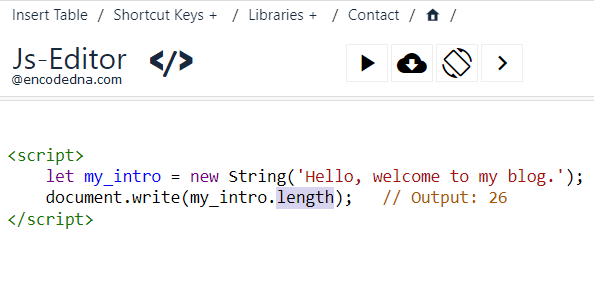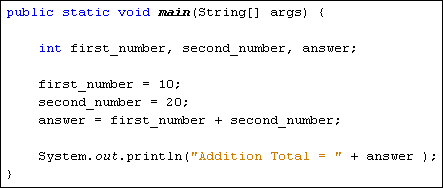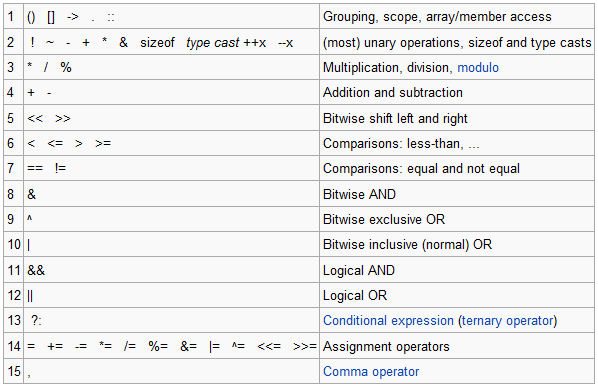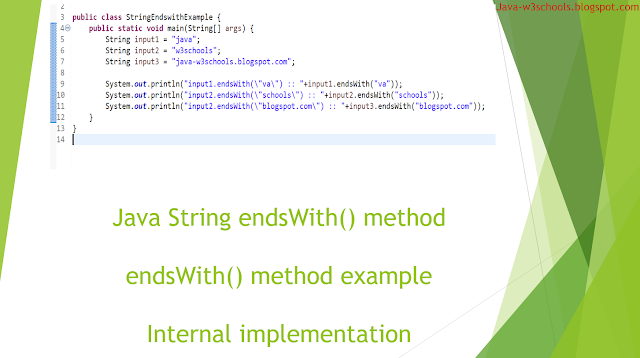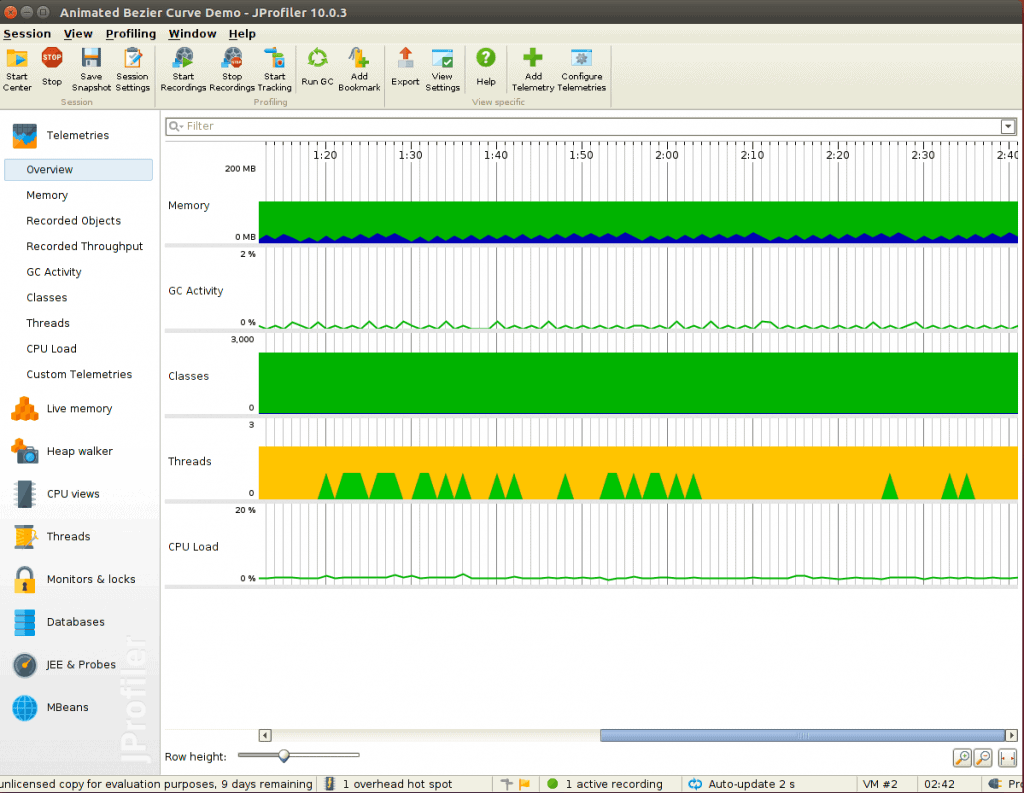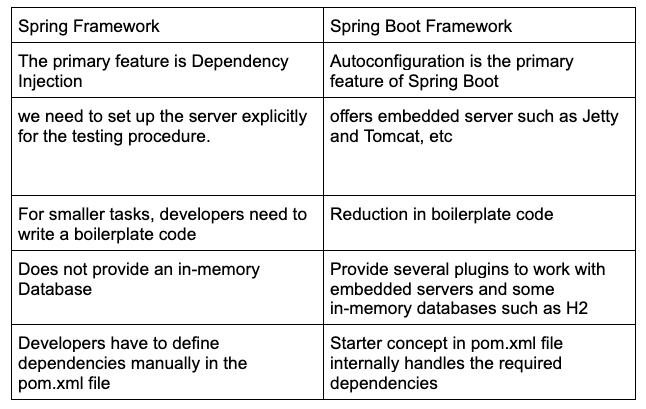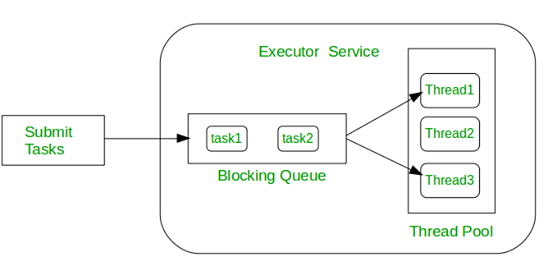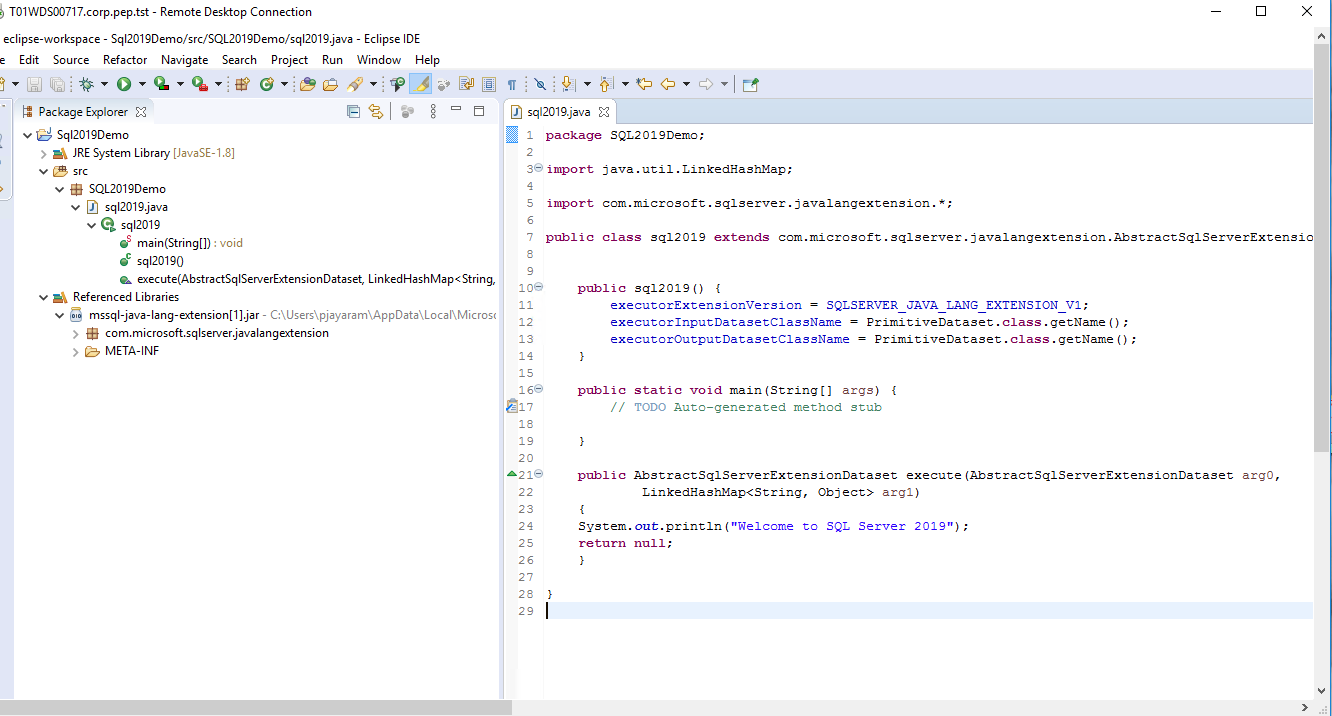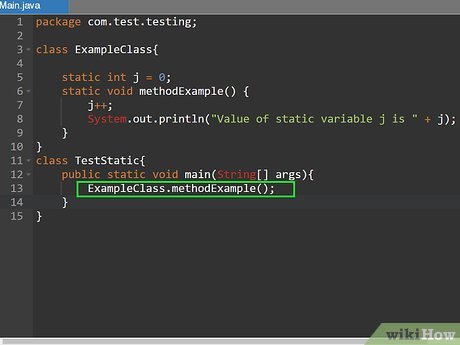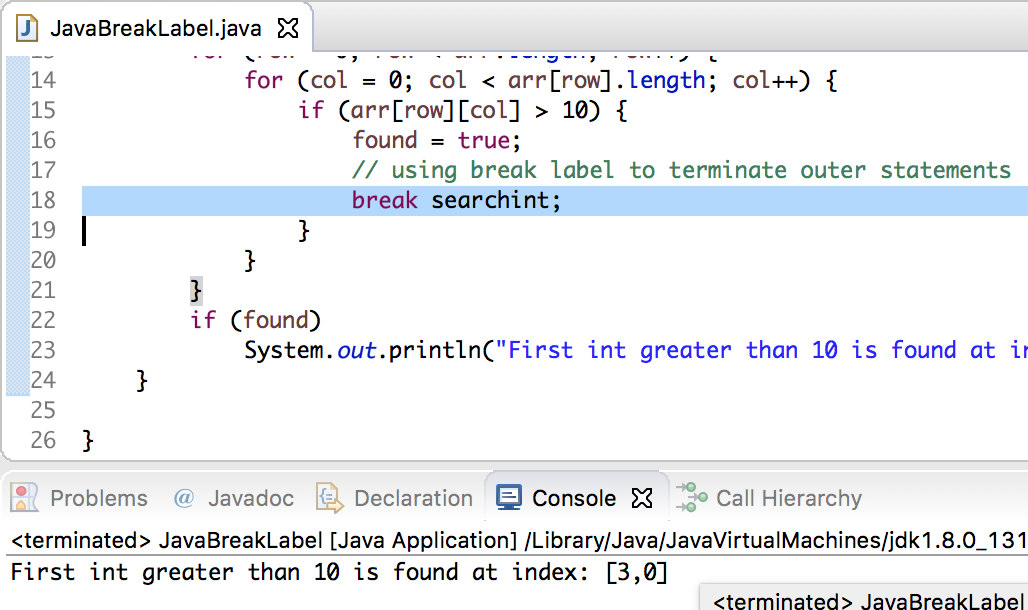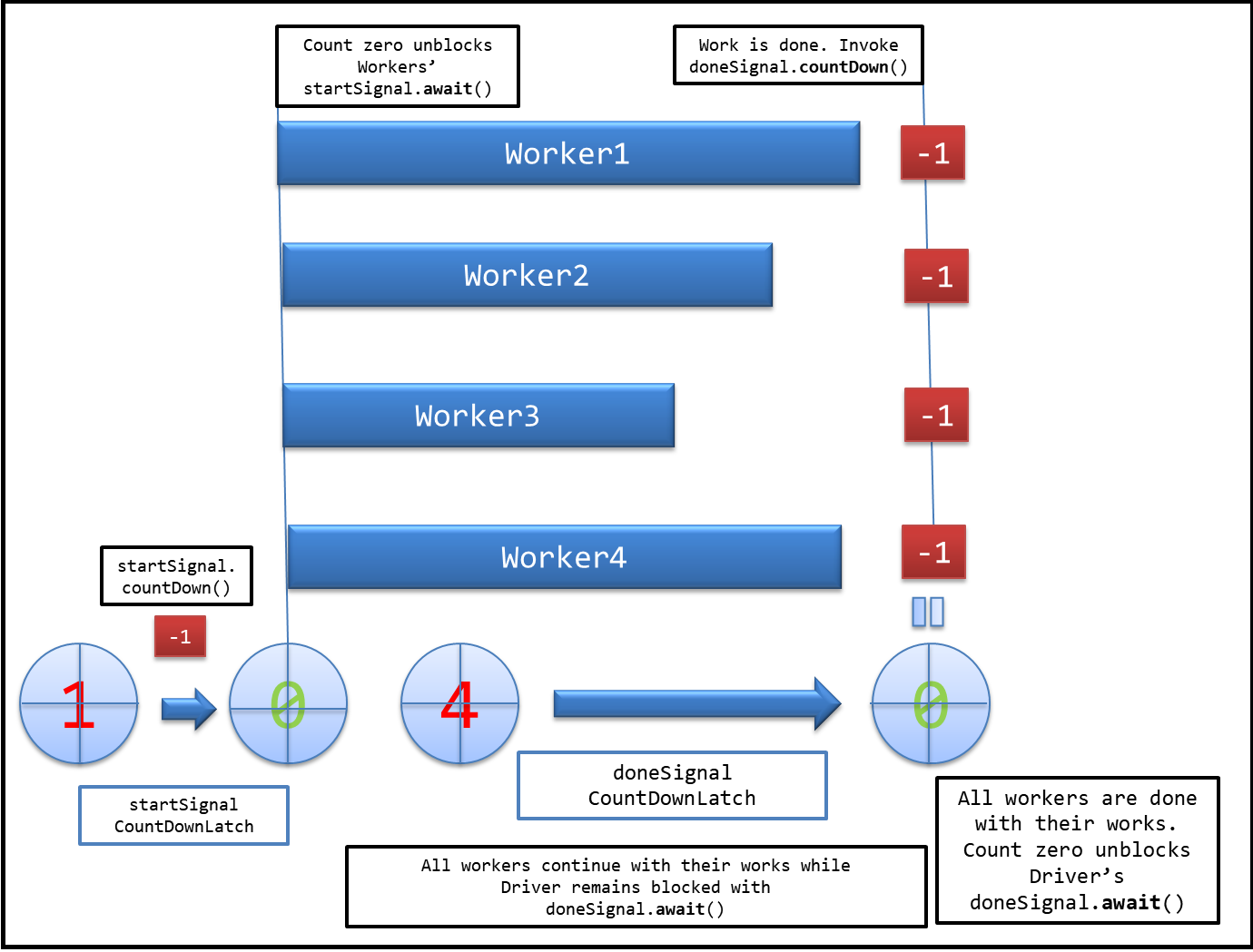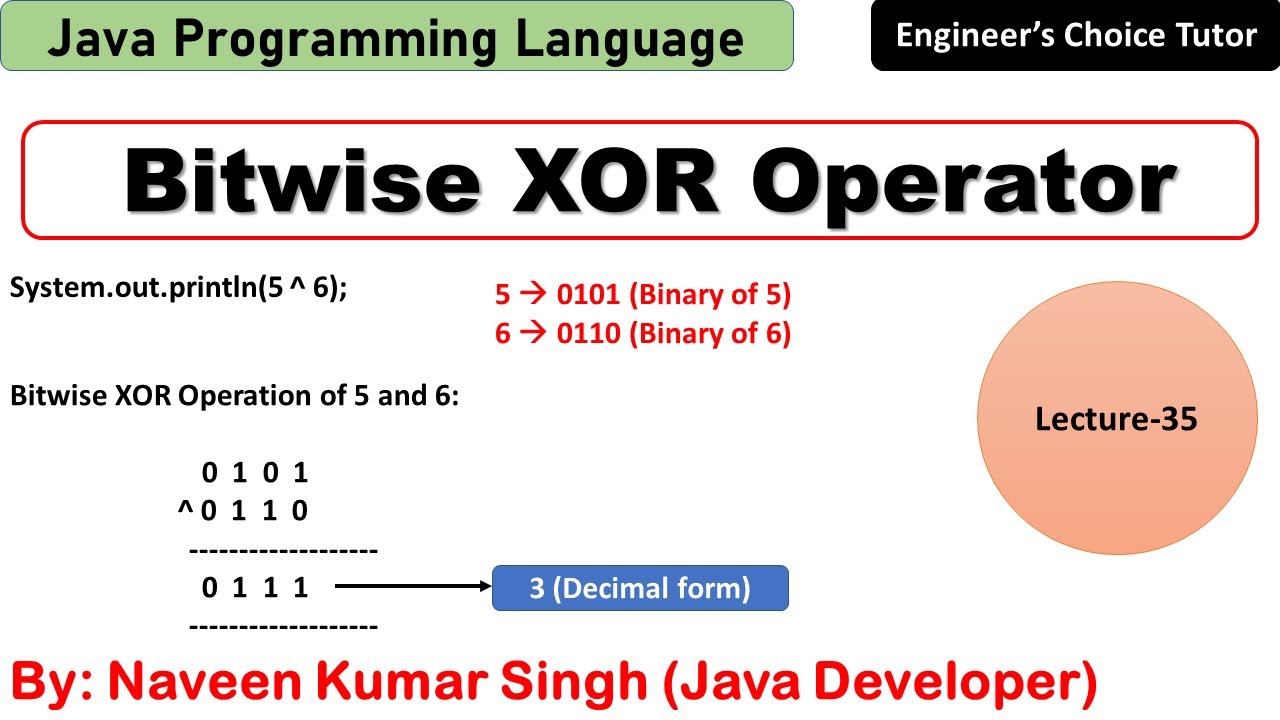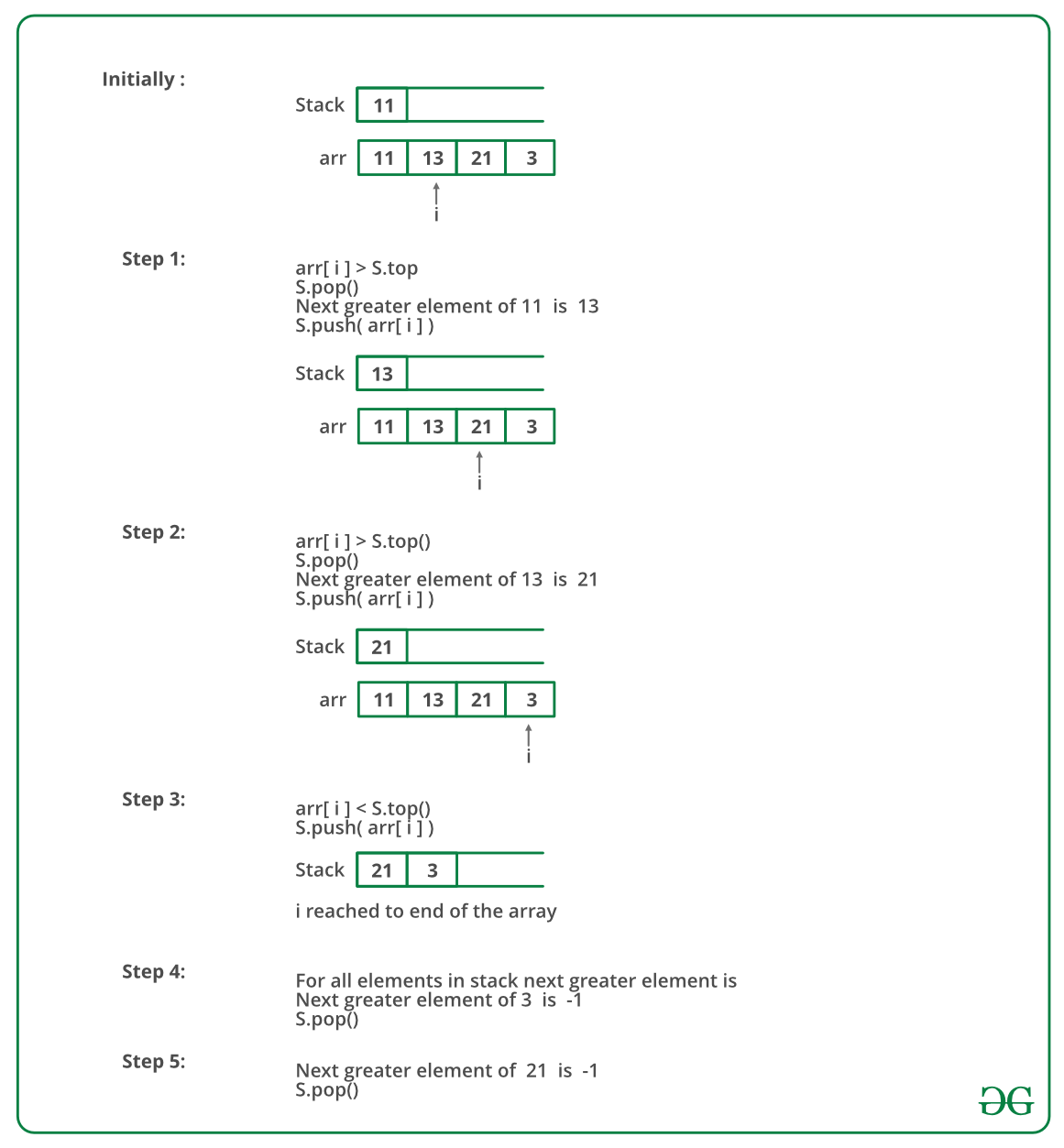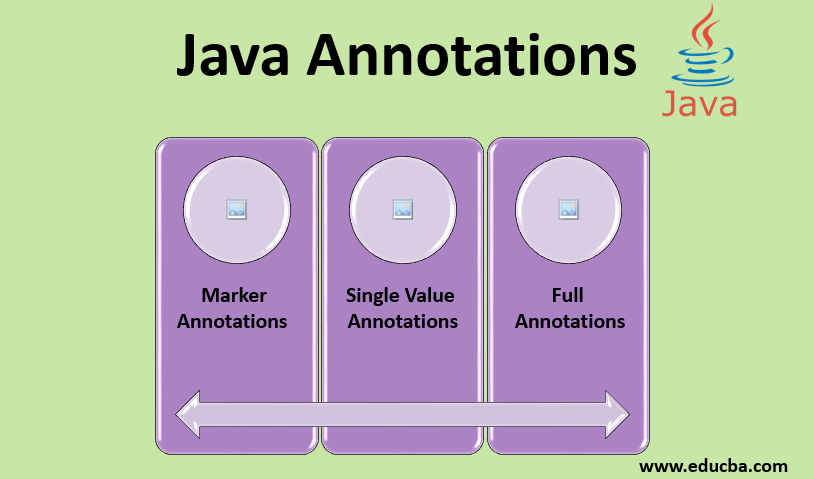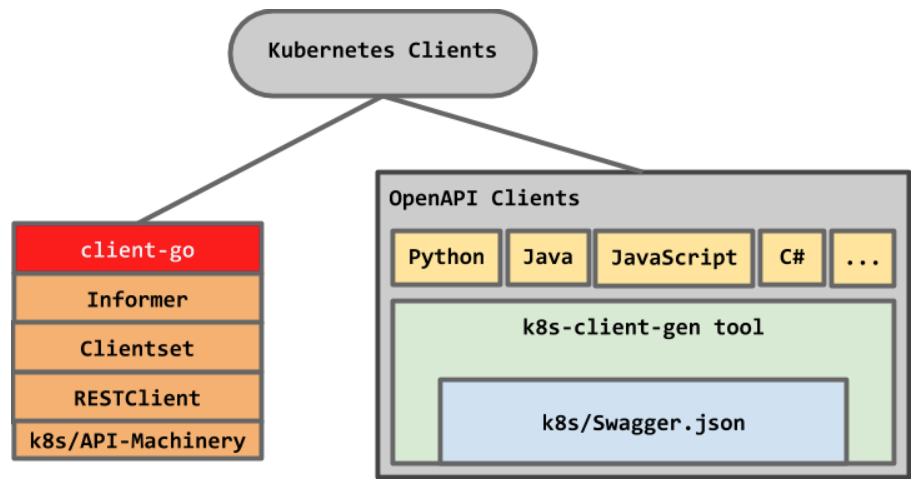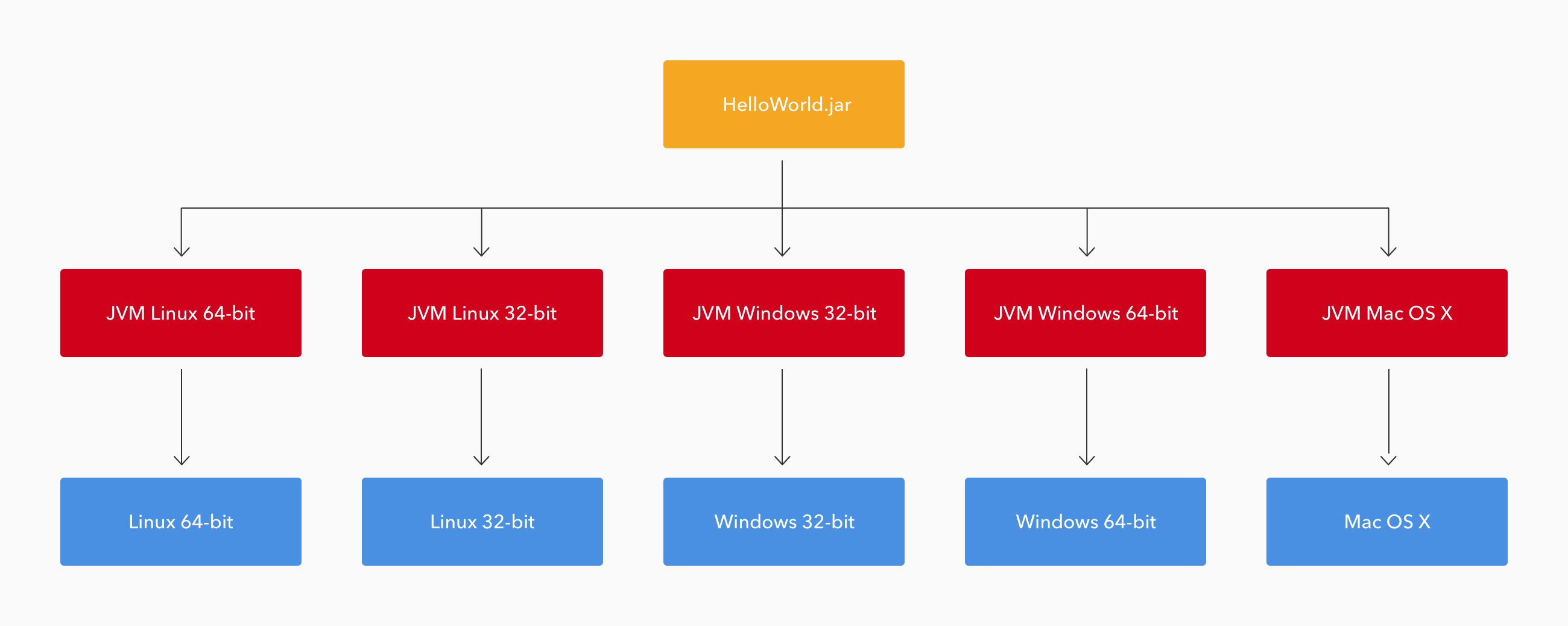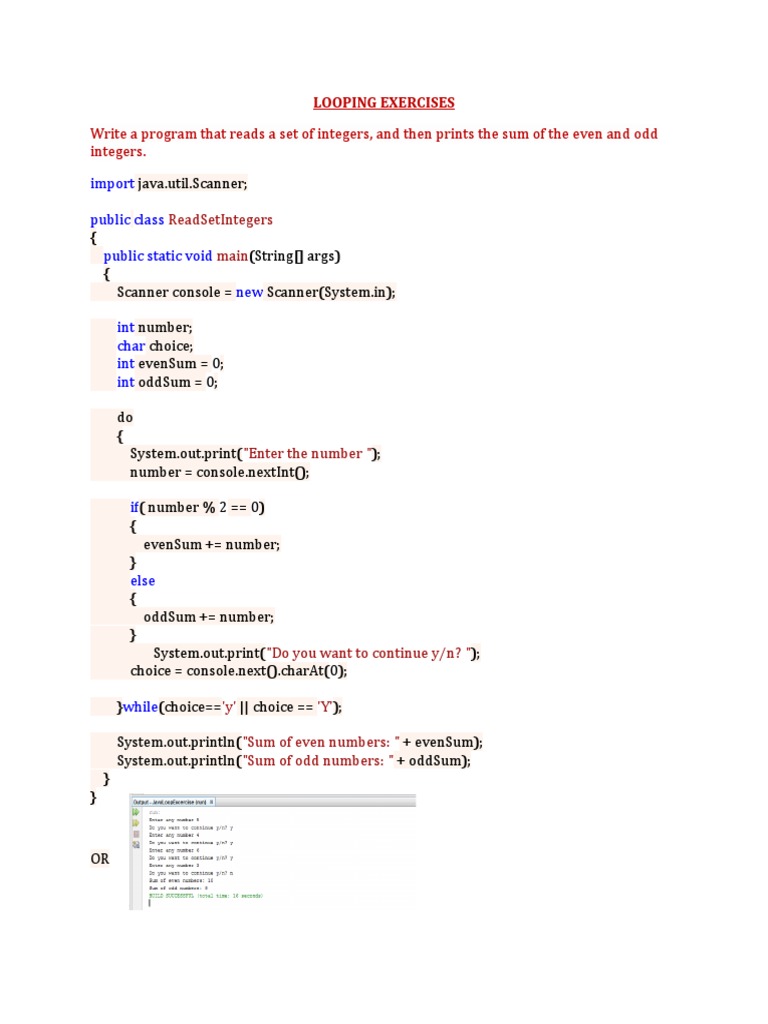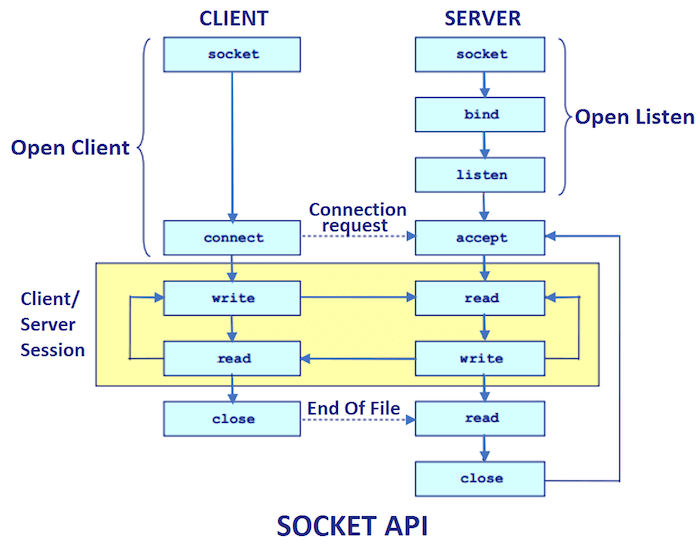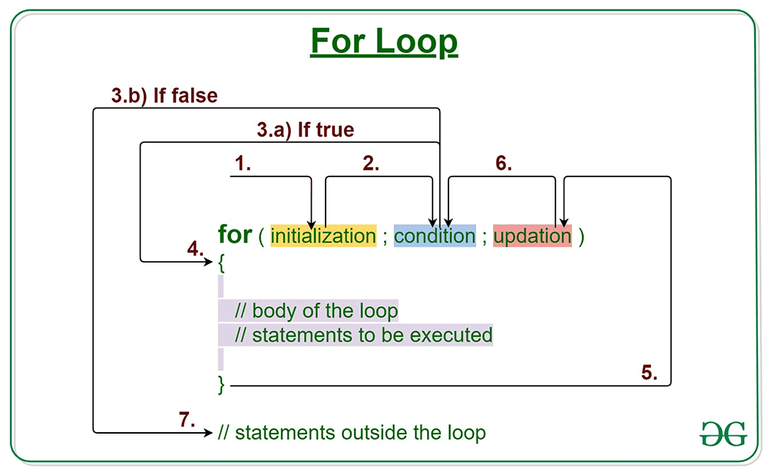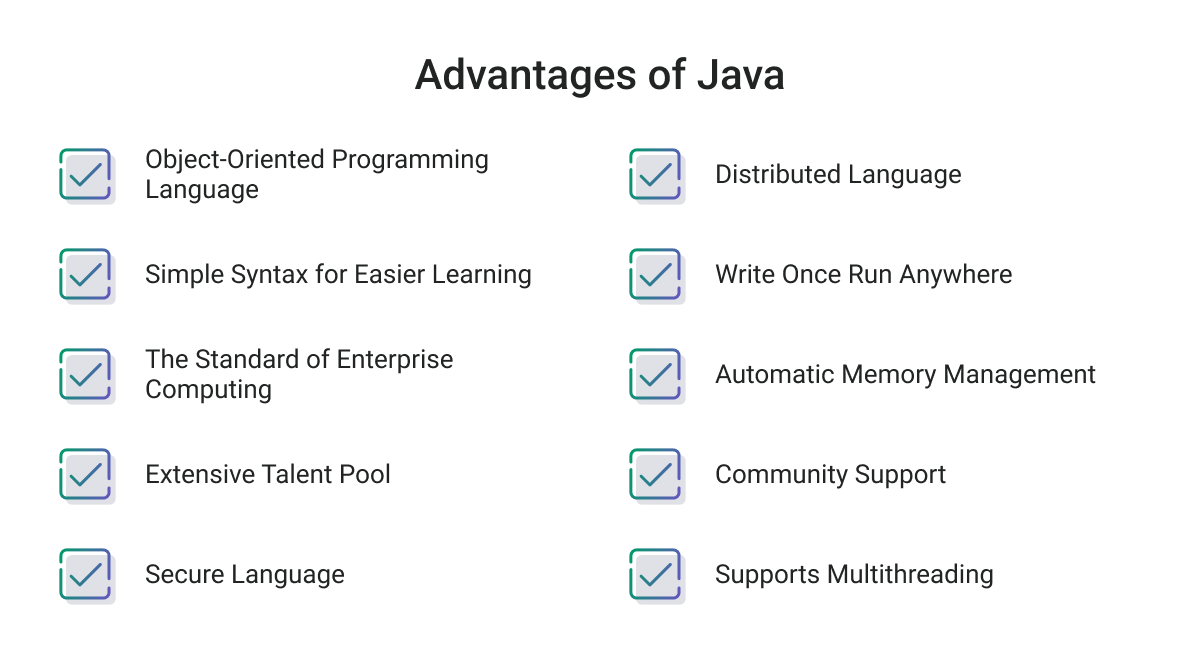What is thread safety in Java?
What is thread safety in Java?
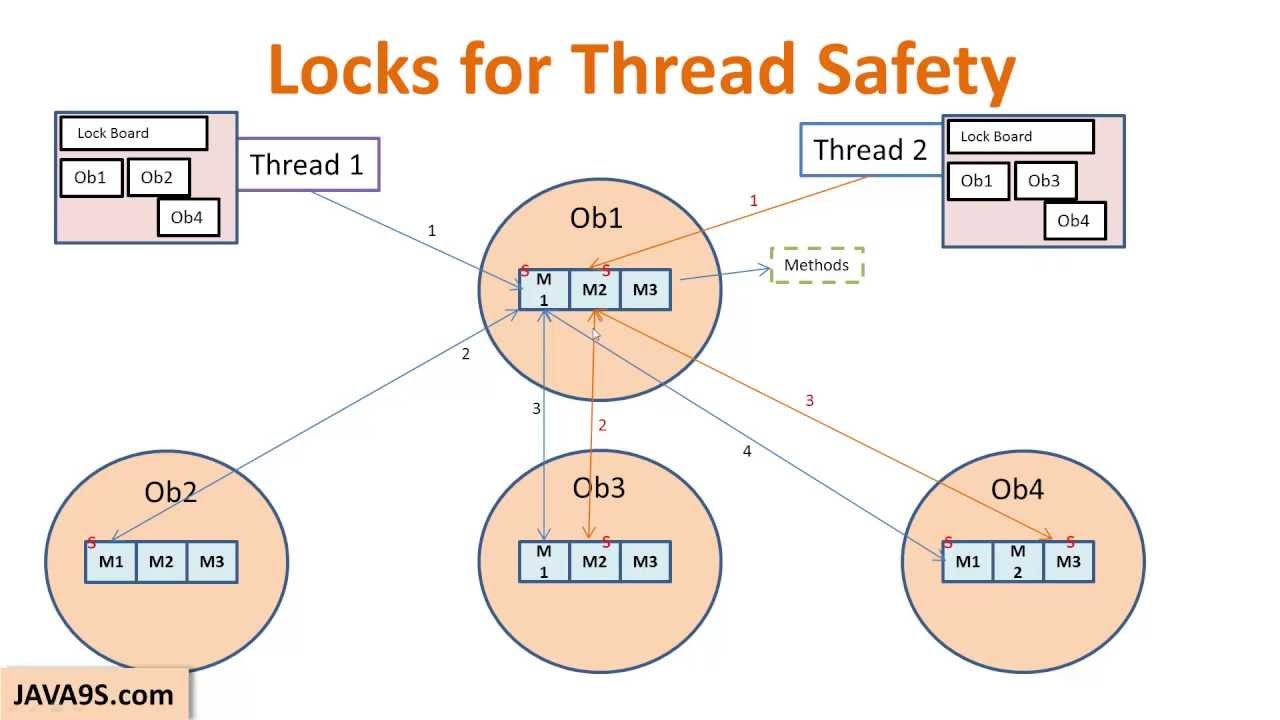
Thread Safety in Java refers to the ability of a program to execute multiple threads concurrently without violating any expected behavior or causing unexpected results. In other words, it ensures that multiple threads can access and modify shared resources (like variables, objects, or data structures) without inducing race conditions, deadlocks, livelocks, or other concurrency-related issues.
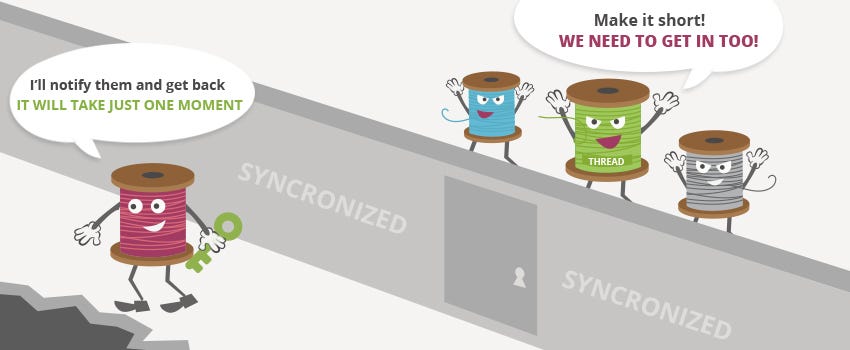
Thread safety is crucial when dealing with multi-threaded programming in Java, as it allows developers to write reliable, efficient, and scalable code. Here's a breakdown of the importance of thread safety:
Correctness: Thread safety ensures that the program behaves correctly even when multiple threads are executing simultaneously. It prevents unexpected errors or misbehaviors due to concurrent access. Reliability: By guaranteeing thread safety, you can be confident that your program will operate as expected, without unpredictable behavior. Efficiency: Well-designed thread-safe code can lead to improved performance and scalability, as threads can execute concurrently without interfering with each other.Java provides several mechanisms to ensure thread safety:
Synchronization primitives: Java offers various synchronization primitives, such as:synchronized keyword: allows only one thread to access a particular block of code or an entire method. Lock and ReentrantLock classes: provide fine-grained control over locking and unlocking. Atomic variables and operations: enable atomic updates and operations on shared variables. Immutable objects: Using immutable objects can help eliminate concurrency-related issues, as the object's state cannot be changed once created. Thread-local storage: The ThreadLocal class allows you to store thread-specific data, effectively isolating it from other threads.
When designing thread-safe code in Java, keep the following best practices in mind:
Use synchronization primitives judiciously: Synchronize only the parts of your code that require concurrency control. Avoid sharing mutable state: Refrain from sharing mutable state between threads; instead, use immutable objects or thread-local storage. Test for concurrency: Perform thorough testing to ensure your code behaves correctly under concurrent execution.In conclusion, thread safety is a critical aspect of Java programming, enabling reliable and efficient execution of multi-threaded applications. By understanding the importance of thread safety and employing appropriate synchronization primitives and design principles, you can develop robust and scalable software in Java.
Is Java string thread-safe?
Java's string class is not inherently thread-safe. In Java, strings are immutable objects, which means that once a string object is created, its state cannot be modified by any thread. However, the process of accessing or manipulating a string can still be affected by concurrent access from multiple threads.
The main issue with multithreaded access to strings in Java is the possibility of unexpected behavior due to caching and other internal optimizations performed by the JVM (Java Virtual Machine). For example:
String interning: The JVM caches certain string literals, known as "interned" strings, to improve performance. This means that multiple threads may access different instances of the same interned string, potentially leading to unexpected behavior. Caching: Many Java libraries and frameworks cache strings to improve performance. If multiple threads concurrently access these cached strings, it can lead to unintended consequences.To make your Java program thread-safe when dealing with strings, you should use synchronization mechanisms such as:
Synchronized methods or blocks: Wrap any method or code block that accesses or manipulates a string in asynchronized keyword. This ensures that only one thread can execute the synchronized section at a time. Atomic operations: Use atomic operations provided by Java, such as AtomicReference<String>, to update or access strings in a thread-safe manner. Immutable objects: Favor using immutable objects for string manipulation. For example, instead of modifying an existing string, create a new one with the desired changes.
Here's a simple example of how you might synchronize string manipulation in Java:
public class ThreadSafeStringExample {
private static final Object LOCK = new Object();
private static String sharedString;
public static synchronized void setSharedString(String value) {
sharedString = value;
}
public static synchronized String getSharedString() {
return sharedString;
}
}
In this example, the setSharedString and getSharedString methods are synchronized using the synchronized keyword. This ensures that only one thread can access these methods at a time, making them thread-safe.
Keep in mind that even with these synchronization mechanisms in place, it's still crucial to follow proper Java concurrency best practices when dealing with strings in multithreaded environments.
